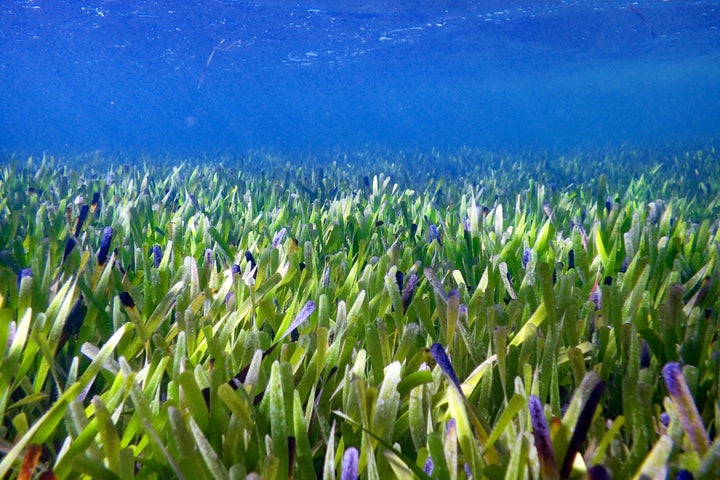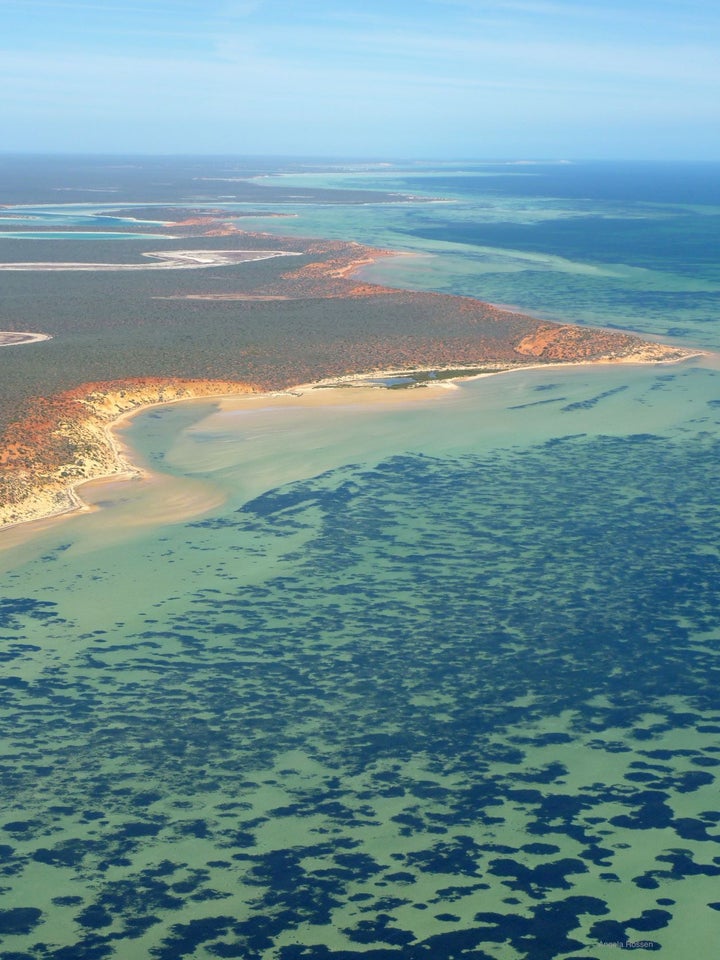Researchers have made a startling discovery beneath the waters off Western Australia. A meadow of sea grass stretching more than 110 miles long was actually a single plant that had spent the past 4,500 years cloning itself to carpet an area three times larger than Manhattan.
The findings, published Wednesday in the Proceedings of the Royal Society B, make the colony of Posidonia australis, or ribbon weed, the largest known plant on Earth, scientists said.
Elizabeth Sinclair, a senior research fellow at the University of Western Australia and a lead author of the study, said her team has been testing seagrass meadows around Australia for genetic diversity for years to see how they respond to climate change. When her team visited an area known as Shark Bay, a relatively pristine landscape untouched by development, they went beneath the waves to collect samples of seagrass to see what types of plants were growing across the ocean floor.
The answer was one.
“It’s quite bizarre when you think about it, there’s this plant in one end of the bay and then you move 100 kilometres down to the other end and it’s the same plant,” Sinclair said.

Her team hypothesised that thousands of years ago, a single seagrass seedling landed in the bay. It was particularly suited to survive in different oceanic environments due to its unusual genome.
Most comparable plant offspring contain 50% of each parent’s genes. But Posidonia australis has 100% from each parent, making it a polyploid, meaning it has double the usual number of chromosomes.
“Polyploid plants often reside in places with extreme environmental conditions, are often sterile, but can continue to grow if left undisturbed, and this giant seagrass has done just that,” Sinclair said in a statement. “Even without successful flowering and seed production, it appears to be really resilient, experiencing a wide range of temperatures and salinities plus extreme high light conditions, which together would typically be highly stressful for most plants.”
The ribbon weed has slowly grown through a series of runners — like a normal turf lawn — to stretch nearly 80 square miles. The researchers estimate its age at about 4,500 years, based on the species’ size and growth rate.
Like other delicate oceanic structures, namely corals, seagrass meadows are susceptible to climate change. A severe heat wave in 2010 and 2011 sparked widespread damage to the Shark Bay meadows, killing about a third of the seagrasses. Underwater meadows are also home to many different species and serve a key role in an area’s biodiversity.

“You lose a plant that creates this whole environment and you lose all the biodiversity that goes with it,” Sinclair said, adding that the 2010-2011 event had calamitous effects. “The turtles were going hungry, the dolphins weren’t getting enough fish, the whole network is connected.”
Although the ribbon weed has already begun to recover and spread since that event, Sinclair cautioned that climate change still poses a threat to region.
She also noted that it was “scary” how researchers had only just discovered the remarkable colony hiding beneath the waves, noting climate change could rip such species away before humans had a chance to discover them.
“It’s scary because we might lose it before we find out about it,” Sinclair said. “It might be gone before we even know.”

